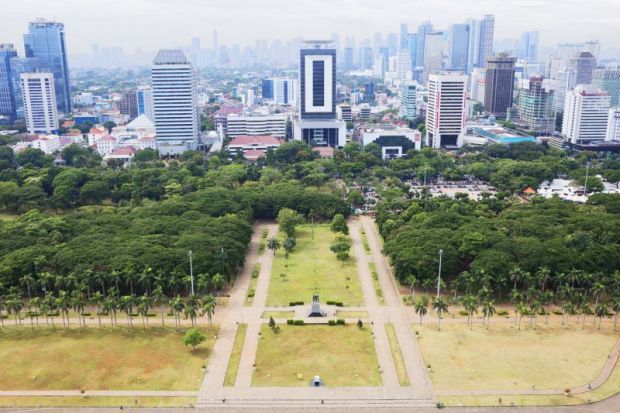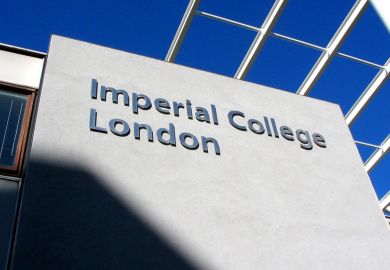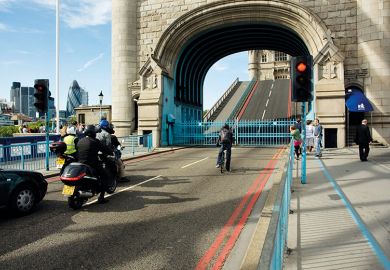Australian universities are well placed to meet the skills needs of neighbouring Indonesia, as regulatory developments open up new opportunities for foreign institutions. But they must settle in for the long haul if they are to get a slice of the action, a report says.
The study by the Melbourne-based Australia-Indonesia Centre says two recent developments – last year’s ministerial regulation allowing foreign universities to open campuses in the country, and the March signing of the Indonesia-Australia Comprehensive Economic Partnership Agreement – herald a new level of higher education engagement with South East Asia’s largest economy.
There is no shortage of demand in Indonesia, which has one of the world’s biggest and youngest populations. The report cites concerns that rapid expansion of higher education – the country now has more than 6.9 million students in over 4,600 universities, institutes, tertiary colleges, polytechnics and academies – has come at the expense of quality.
And while the greatest opportunities lie in vocational education, after the government set a target of acquiring almost 60 million more skilled workers by 2030, universities have a role to play in bolstering education in fields such as business, engineering, accounting, medicine, science and law.
“Australia is well positioned to contribute to Indonesia’s human capital development,” the report says. But “patience, commitment and the willingness to forge strong local relationships” will be “important ingredients” for success.
Affordability will be another key ingredient, the report notes, with many Indonesian students constrained by their capacity to pay. Tuition fees in the country’s universities typically cost between A$4,000 and A$6,000 (£2,300-£3,400) a year.
Degrees in Australian branch campuses in nearby Malaysia and Vietnam cost more than twice as much, the report says.
Australia also faces increasing competition from other countries eyeing Indonesian opportunities. The UK is “building connections”, the US has opened a promotional hub at an “upmarket” Jakarta mall and Japanese universities are building partnerships with alumni.
Coventry University, the University of Warwick and King’s College London are active in Indonesia, while universities in Japan, the US, Germany and the Netherlands have started opening representative offices. “These not only boost local presence but make a statement about long-term commitment,” the report says.
Uncertainties remain around whether foreign universities will be permitted to establish standalone campuses in Indonesia, the report stresses, with campus location and staffing rules highlighted as likely sticking points.
And the country has just one joint-venture university: International University Liaison Indonesia, a European collaboration launched on Jakarta’s outskirts in 2015.
The report advocates a staged approach to engagement in Indonesia, listing four types of Australian operations in the country. At least nine Australian universities currently offer the simplest and least risky variety – short-term training or consultancy for commercial partners – which “can serve as a launching pad for a potential partnership”.
Another option involves credit transfer arrangements or dual or double degrees, where students minimise their costs by completing at least part of their studies in Indonesia.
Other approaches are licensing arrangements – such as Monash College’s partnership with Jakarta International College – and joint degrees. Both options carry reputational risks, the report stresses.




